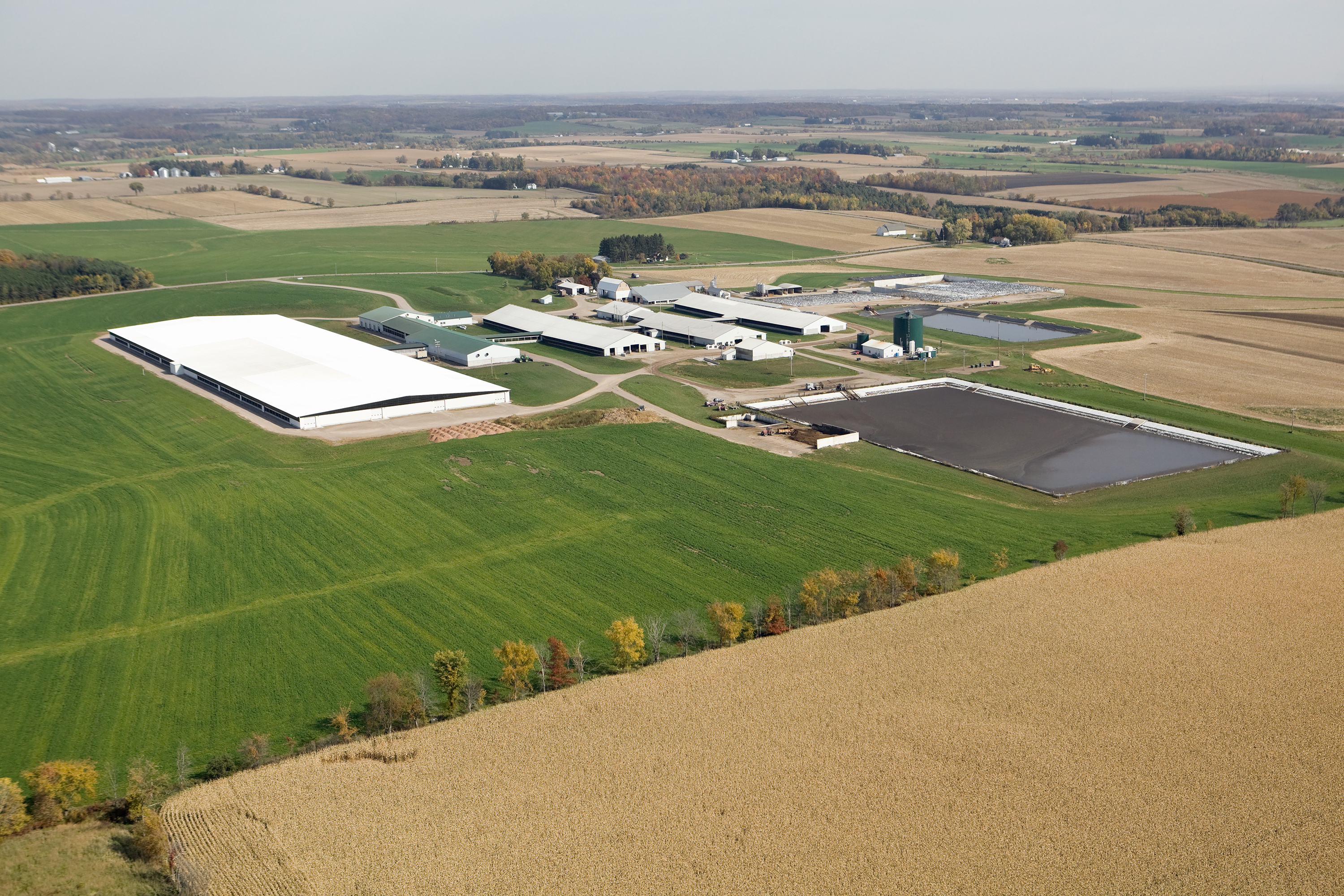If we were talking muscle cars, going from 0 to 60 mph in less than four seconds would be amazing. Some six-cylinder Acura models can do it in three seconds, others in six. Some Chevy Silverado diesels can do it in under seven seconds. Speed test results are great for bragging rights, but even the keepers of the stats will tell you that repeatability is problematic. The course, the driver and the weather all matter. The car itself has variables, including the amount of fuel in the tank and how warm the engine is.
What do speed tests have to do with biosecurity? When I was leading a project on emergency animal disease response, several members of the project team went to Riverdale, Maryland, to meet with key members of the USDA Animal and Plant Health Inspection Service (APHIS) veterinary services staff. They develop strategies and policies for incident management and response coordination in the event of any kind of foreign animal disease. We were interested in understanding the role of human behavior in reducing the likelihood of spreading diseases.
How we responded to COVID-19 tells us something about our willingness to go from 0 to 60 with biosecurity. Would you describe your work environment as more risk-tolerant (willing to forgo protective measures) or more risk-averse (willing to adopt protective measures)? Did your workplace enforce distancing, masking or testing protocols? How was compliance? Those protocols were to protect public health – your own and that of those around you. What if you were asked to go out of your way to protect animal health? Would you be more or less willing to bolster biosecurity to protect your animals’ health, your job or your livelihood?
During our conversation, one of the USDA veterinarians stated that farms simply can’t go from 0 to 60 in terms of biosecurity. This statement was based on observations during the 2014-15 outbreak of highly pathogenic avian influenza (HPAI), a foreign animal disease of poultry. Wild birds carry the virus that causes HPAI, and if the virus gets into a poultry facility – of laying hens, broilers or turkeys – it can kill all the birds. The disease can also spread to other poultry facilities if steps aren’t being followed to keep the virus from leaving one facility and entering another. The management and hygiene practices needed to keep diseases from spreading are generally referred to as biosecurity.
If HPAI sounds familiar, it is because it's back with a vengeance this year, but biosecurity has been much better. That may seem hard to square with the number of birds depopulated to help control the disease, but very few of the infected premises were linked to other premises. Almost all the infections were point-source infections from wild birds. Biosecurity wasn’t good enough to keep it out, but it was good enough to keep it from spreading.
In my two decades of experience raising awareness of foreign animal diseases – like foot-and-mouth disease – I have encountered a wide range of attitudes about disease prevention and containment on farms. The goal of my programs has been to help farmers think through the contingencies needed to get through an event that could send animal prices plummeting, interrupt animal and product movements, and require quarantine and depopulation of affected livestock. I have always made a distinction between everyday biosecurity and the enhanced level of biosecurity that would be needed in an animal disease emergency.
Using a computer simulation model of the spread of porcine epidemic diarrhea virus (PEDv) in the U.S. pork industry, my project team found some interesting relationships between disease prevention attitudes and the projected size and variability of disease outbreaks. In our work, we classified risk attitudes as risk-tolerant, risk-averse or opportunist. Think of risk-tolerant producers as not having much everyday biosecurity and risk-averse ones as having enhanced biosecurity. Opportunists are the ones ready to go from 0 to 60.
There were a few key takeaways from scenarios run with the PEDv outbreak simulation model. Our first discovery: if biosecurity practices were quickly and effectively enhanced, large-scale outbreaks did not occur. However, more production sites were affected when overall biosecurity was low to begin with. Our second (alarming) discovery: A delay in implementing enhanced biosecurity led to a greater likelihood of major outbreaks.
Here’s the thing. Delay in identifying a new, emerging or exotic disease is almost guaranteed because we cannot easily identify infection during the incubation period or in asymptomatic animals. We consider sheep the "Trojan horse" for foot-and-mouth disease because they don’t often show obvious clinical signs. The movements of animals and people during this hidden phase of infection can spread diseases far distances and to multiple sites, as demonstrated during the foot-and-mouth disease outbreak in the U.K. in 2001 and internationally during COVID-19.
Here’s the kicker. Appearances are deceptive during an epidemic. Early in an outbreak, it will appear that control measures are ineffective because the disease has already spread before they went into effect, even if you are able to go 0 to 60 overnight. However, it is important to keep in mind that epidemics will naturally slow after reaching a peak. This means that as more people get on the biosecurity bandwagon, it may look like the control measures are having some effect. In reality, the epidemic is slowing on its own – as all epidemics do. If we believe biosecurity didn’t make a difference when applied too late, or believe biosecurity made a difference when it did not, we will take away the wrong lesson for future preparedness.
A final important takeaway from my team’s disease modeling efforts is that shifting the overall distribution of biosecurity attitudes toward risk aversion will reduce the overall likelihood of large-scale outbreaks. This means that every step you take to improve biosecurity on your farm can reduce the effects of an unknown disease – and, if applied carefully, can reduce the burden of familiar, endemic diseases too. That is a major reason why the FARM program is launching a biosecurity module for the dairy industry, and the beef industry is encouraging Secure Beef Supply (SBS) planning. By moving everyday biosecurity a little closer to the enhanced end of the spectrum, we can reduce the vulnerability of our industry to new, emerging and exotic diseases – while increasing the productivity of our cattle.
Will you rely on being ready to go from 0 to 60 overnight with your farm biosecurity, or will you bolster your farm’s biosecurity every day? Your farm and the entire ag industry may depend on it.






